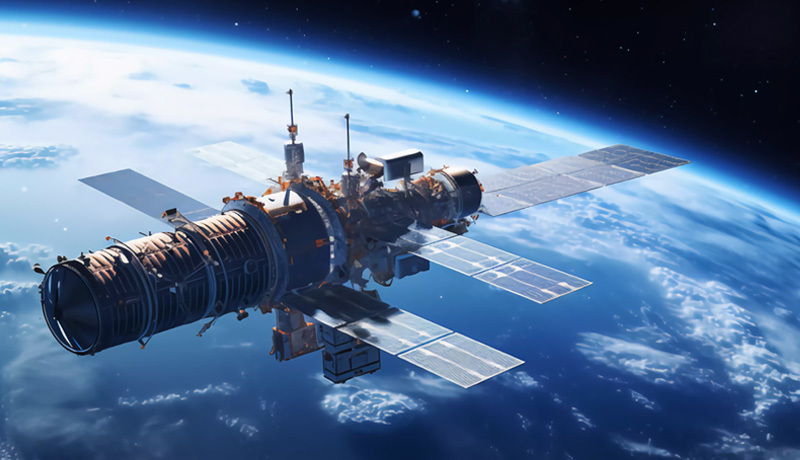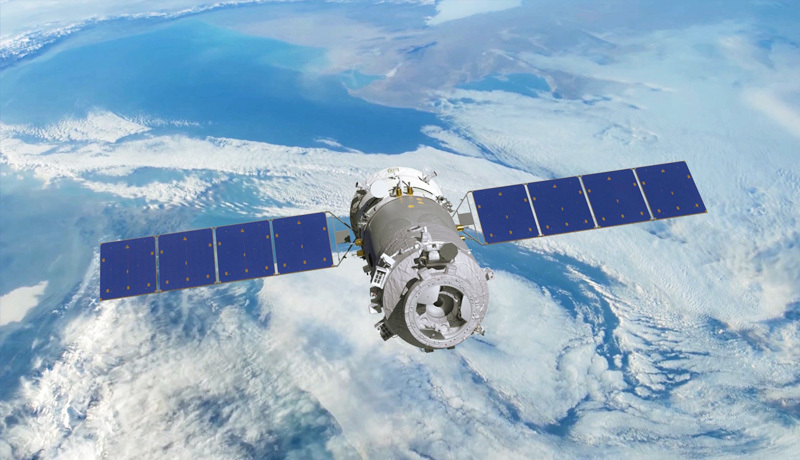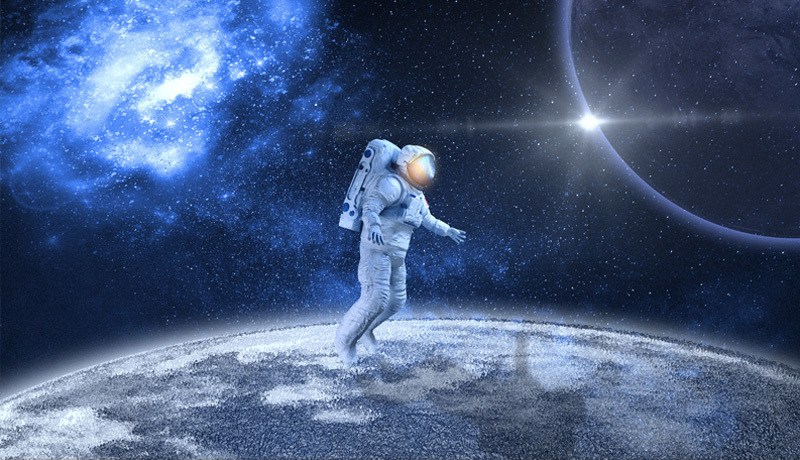
Aerospace Manufacturing Industry
The application of rare gases in the field of aerospace manufacturing is extensive and crucial, providing indispensable support for the progress and development of the aerospace industry.
◎ Rocket Launch and Flight Dynamics →
◎ Satellite Attitude Adjustment and Orbit Maintenance →
GUIDA GAS
Rocket Launch and Flight Dynamics
Fuel assisted combustion: During rocket launch, gas plays a crucial role as fuel or oxidizer. For example, liquid hydrogen and liquid oxygen, as the main fuels for the new generation of launch vehicles, generate tremendous thrust through chemical reactions, enabling the rocket to launch smoothly.
Propellant management: Nitrogen is commonly used to check the airtightness of rocket propellant tanks and engine systems, ensuring the safety of fuel and oxidizer during storage and transportation. In addition, nitrogen can also be used as a power source for the operation of pneumatic valve components.
Ion propulsion: Rare gases such as xenon, due to their large atomic weight, easy ionization, and lack of radioactivity, are used as reactants in ion propulsion. Ionic thrusters can provide sustained and stable thrust to maintain the orbital altitude of space stations or adjust the attitude and orbit of satellites.

Satellite Attitude Adjustment and Orbit Maintenance
Attitude control: Rare gases such as xenon gas play an important role in satellite attitude adjustment. By precisely controlling the direction and velocity of gas injection, the attitude of the satellite can be changed to ensure correct pointing and meet the requirements of communication, observation, and other tasks.
Orbit maintenance: When space stations and satellites operate in orbit, they are affected by various factors such as Earth's gravity and atmospheric resistance, leading to a gradual decrease in orbit. In order to maintain the orbit height, it is necessary to regularly use propellants for orbit adjustment. At this point, the role of propellants such as xenon becomes particularly important.
Astronaut Life Support System
Oxygen supply: In manned spaceflight projects, astronauts require high-purity oxygen nitrogen mixture gas to sustain life. These gases are regenerated and circulated within the space station through methods such as electrolysis of water, ensuring the breathing needs of astronauts in space.
Cabin environment control: Gas is also used for cabin environment control, including temperature, humidity, and pressure regulation. These control measures help maintain the comfort and work efficiency of astronauts, while ensuring the normal operation of onboard equipment.


Space Suits and Life Support Systems
Space suit configuration: The space suit used by astronauts needs to be equipped with a complete life support system, including continuous oxygen supply, heat dissipation, water replenishment and other functions. The implementation of these functions relies on the support of gases, such as oxygen for respiration and nitrogen for regulating air pressure and temperature.
Life support system: The "big backpack" behind the spacesuit usually contains a life support system, which ensures the safety of astronauts during missions such as spacewalks through a series of complex mechanical equipment and chemical reactions. Among them, the supply and management of gases are the core components of life support systems.
The application of rare gases in the field of aerospace manufacturing is extensive and critical, covering multiple aspects such as rocket launch, satellite attitude adjustment, astronaut life support, and space suits and life support systems. With the continuous development of aerospace technology, the application prospects of the gas industry in aerospace manufacturing will be even broader.

